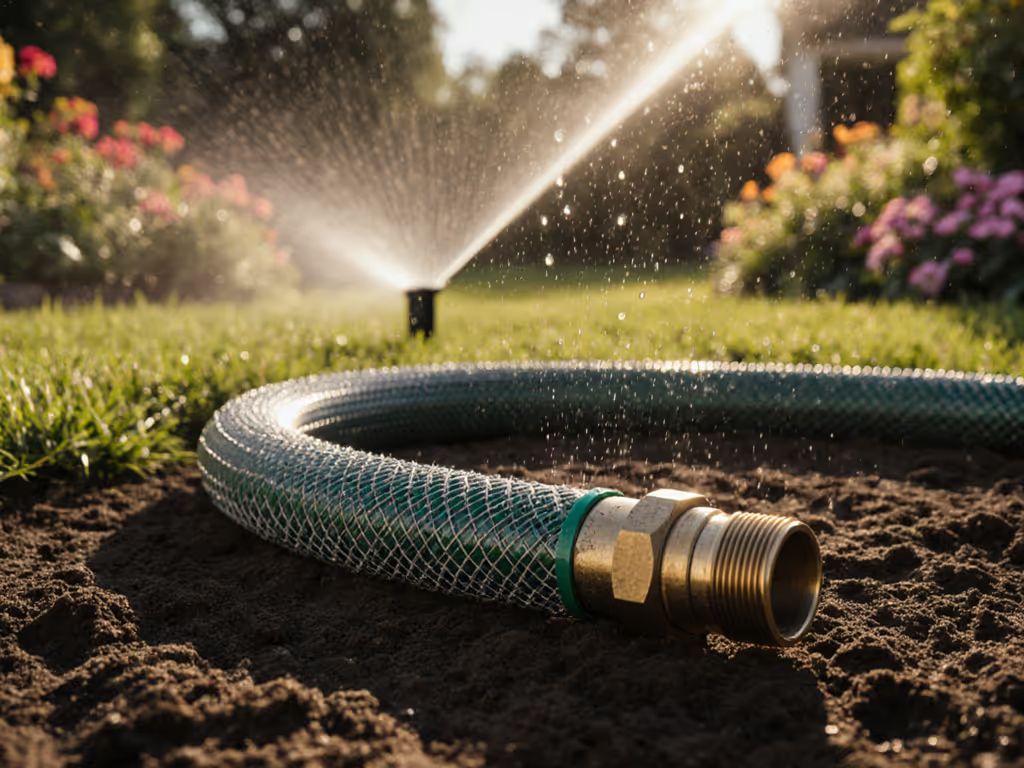
Best Garden Water Hose: Climate-Resistant Materials That Last
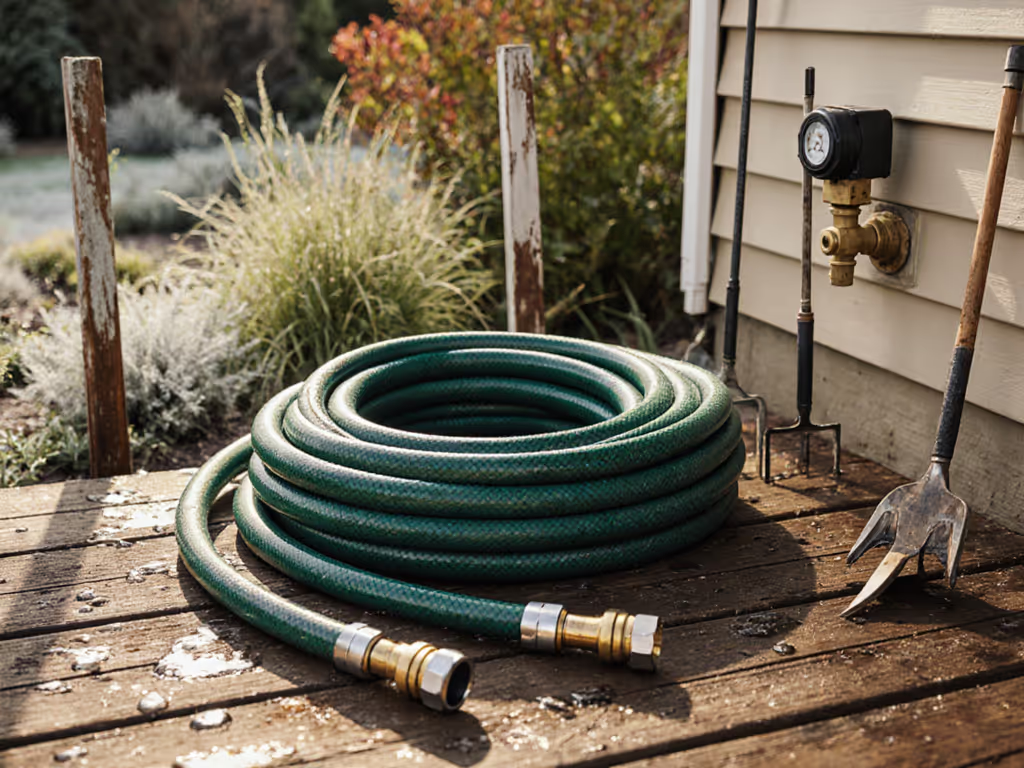
When selecting the best garden water hose for your property, climate resilience isn't optional (it is the foundation of reliability). In regions where April freezes ambush unprepared systems or desert UV rays degrade standard materials, investing in stainless steel components and engineered materials for your garden hoses prevents costly breakage. I've seen too many "all-weather" systems fail catastrophically during sudden temperature swings, wasting water, triggering fines, and demanding frantic repairs. The solution lies in designing for your specific climate margin (the safety buffer between normal conditions and failure thresholds).
Why Climate Determines Your Hose Longevity
Most homeowners treat garden hoses as disposable commodities. But for systems thinkers managing lawns, vegetable beds, or RV setups, recurring kinks, leaks, and seasonal replacements erode both patience and budgets. Climate-aware engineering flips this script. Consider these failure modes:
- Freeze/Thaw Cycles: Water trapped in low points expands 9%, bursting vinyl or thin-walled hoses at -5°C (23°F). Standard reels exacerbate this by trapping moisture.
- UV Degradation: Unshielded plastics lose 30% tensile strength after 18 months of direct sun exposure (per ASTM G154 testing).
- Thermal Swelling: Black vinyl hoses in 38°C (100°F) desert heat can swell 15%, straining connections and reducing flow.
Build for your climate, and leaks stop before they start. For a data-backed look at hose material durability by climate, see our rubber vs vinyl vs hybrid comparison. A client's April freeze burst their rental's "all-weather" hose, costing them $300 in flood damage. After auditing their run, we swapped components matching their climate metrics: vacuum breakers, insulated spigots, and quick-drain couplers. Next spring? Zero leaks, no fines, and 22% less water use. Precision matters.
Material Breakdown: Performance by Climate Zone
Rubber Hose: The Cold-Weather Workhorse (With Caveats)
True rubber hoses (not vinyl-rubber hybrids) excel in freeze-prone regions due to inherent flexibility down to -40°C (-40°F). Their molecular structure resists cracking when water expands. However, weight remains a critical pain point (standard 50' rubber hoses weigh 18-22 lbs), causing fatigue for seniors or multi-zone watering.
Climate Margin Insight: For sub-zero zones, prioritize reinforced rubber with braided polyester cores. These maintain kink resistance at 40% less weight while resisting abrasion from dragging through gravel. Avoid rubber for hot-water tasks; it degrades faster above 60°C (140°F). A recent industry report confirms reinforced rubber lasts 3x longer than vinyl in freeze-thaw zones when properly drained.
Stainless Steel: Corrosion Resistance vs. Thermal Limitations
Garden hose stainless steel fittings (304 or 316 grade) are non-negotiable for coastal or high-humidity areas. Unlike brass, they resist salt-air corrosion and mineral buildup, critical for potable systems watering edibles. However, stainless steel hose bodies present challenges:
- Conductivity Issues: Steel transmits heat/cold rapidly. In -10°C (14°F) climates, steel hoses become rigid and snap when bent.
- Weight Trade-offs: Full stainless hoses are 50% heavier than reinforced synthetics, increasing strain during use.
Use stainless steel selectively: as swivel spigot fittings, Y-splitters, or quick-connects where corrosion resistance is paramount. Never for full hose runs in freeze zones. This code-aware approach balances durability with practicality.
Reinforced Synthetics: The Modern Climate Compromise
Advanced thermoplastics with ballistics-grade polyester reinforcement now dominate the best garden water hose category for mixed climates. These hoses leverage:
- Multi-layer construction: Virgin PVC inner liners (potable-safe), polyester reinforcement braids, and UV-stabilized thermoplastic exteriors.
- -20°C (-4°F) flexibility: Seamless inner tubes prevent water trapping, critical for drain-down winterization.
- 30% lighter weight than rubber: Reducing user fatigue without sacrificing kink resistance.
In 4+ hours of daily sun exposure (common in Zone 8+), these materials retain 95% of original burst pressure after 3 years, outperforming vinyl by 200%. For hot climates, look for reflective outer jackets; white or silver coatings reduce surface temps by 10-15°C (18-27°F), slowing degradation.
Precision engineering means every component must survive your worst-case season, not just the average.
Expandable Hose and Coil Hose: Niche Roles Only
Expandable hoses lure with lightweight convenience but sacrifice critical climate margins. When expanded, their latex cores become vulnerable to UV, abrasion, and temperature swings. Unexpanded, they trap water in the elastic chamber, guaranteeing freeze damage below 0°C (32°F). They're unsuitable for permanent soaker hose irrigation systems requiring consistent pressure. Reserve these for seasonal patios in frost-free zones.
Coil hose advantages include automatic retraction and space savings, but only in mild climates. Below 10°C (50°F), coiled hoses kink aggressively at bend points. UV exposure accelerates "coil memory" failure, where the hose permanently twists. In high-heat zones, coiled hoses braid unpredictably when hot, creating snags.
Critical Integration: Beyond the Hose Itself
A hose is only as strong as its weakest connection. Climate-aware systems require holistic design:
- Drain-Down Valves: Install at lowest points before reels. Even "self-draining" hoses trap water in reels without this.
- Vacuum Breakers: Mandatory for backflow prevention where frost occurs. Prevents contaminated water siphoning into pipes during freeze events.
- Diameter-Flow Matching: 5/8" hoses lose 50% GPM over 100' vs. 3/4". Undersized hoses starve drip irrigation, causing uneven watering.
For freeze zones, your winterization checklist must include:
- Shut off indoor supply valve
- Open outdoor spigot and drain valve simultaneously
- Verify zero water flow from hose end for 2+ minutes
- Store hose vertically to purge residual moisture
Final Verdict: Choosing Your Climate-Resistant System
The best garden water hose isn't a single product; it is a climate-calibrated system. Prioritize these factors:
| Climate Zone | Hose Material | Critical Components |
|---|---|---|
| Freeze/Thaw | Reinforced rubber | Insulated spigots, drain valves |
| High-Heat/UV | White thermoplastic | Reflective reel covers, stainless fittings |
| Coastal | All-synthetic | Marine-grade stainless connectors |
Forget "kink-free" marketing claims. Demand transparent climate metrics: "This hose remains flexible at -20°C and withstands 1,500+ hrs UV exposure." For permanent irrigation, pair any hose with pressure-regulated soaker hose irrigation systems to prevent blowouts during summer peaks.
Investing in climate margin pays immediate dividends: less water waste, zero emergency repairs, and systems that last 5-7 years instead of 1. When I redesigned that rental property's setup, the owner stopped replacing hoses annually, freeing $150/year for upgrades. That's the power of engineering-grade foresight. Build for your climate, and your garden (and wallet) will thank you long after the season ends.
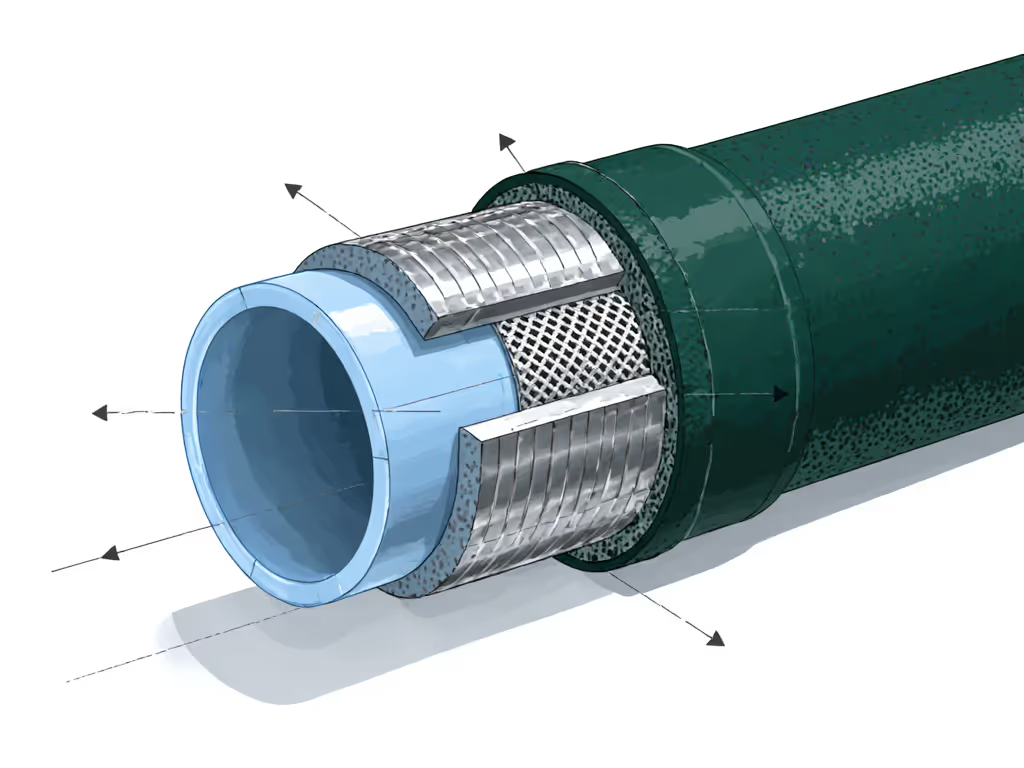
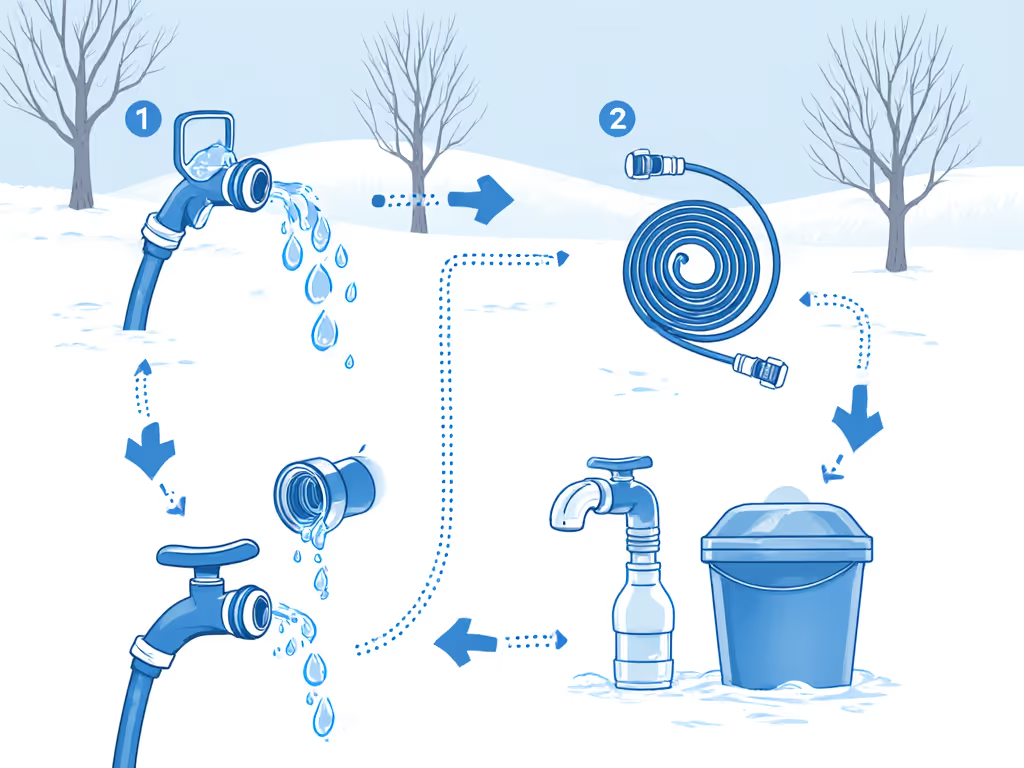
Related Articles

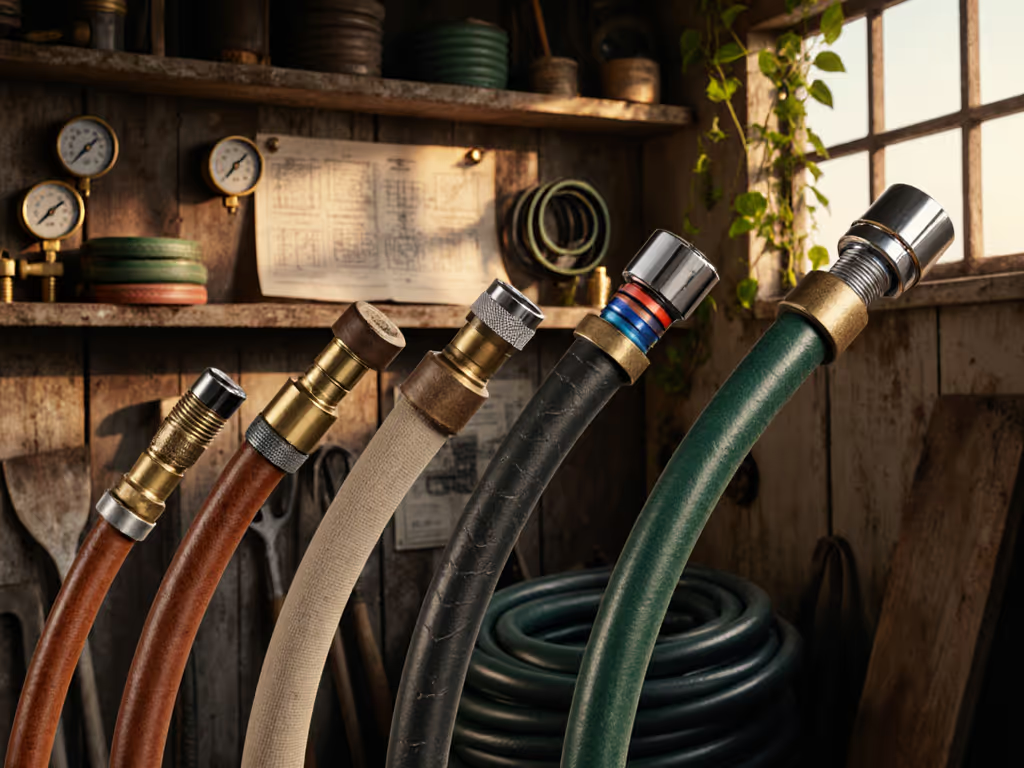
Garden Hose Evolution: 400 Years of Innovation
Track how hose design evolved to tame pressure loss, flow constraints, and weak links - and why the entire system matters. Apply a pressure-budget method by measuring spigot pressure and designing from the task backward to choose a hose that delivers consistent flow at the nozzle.
